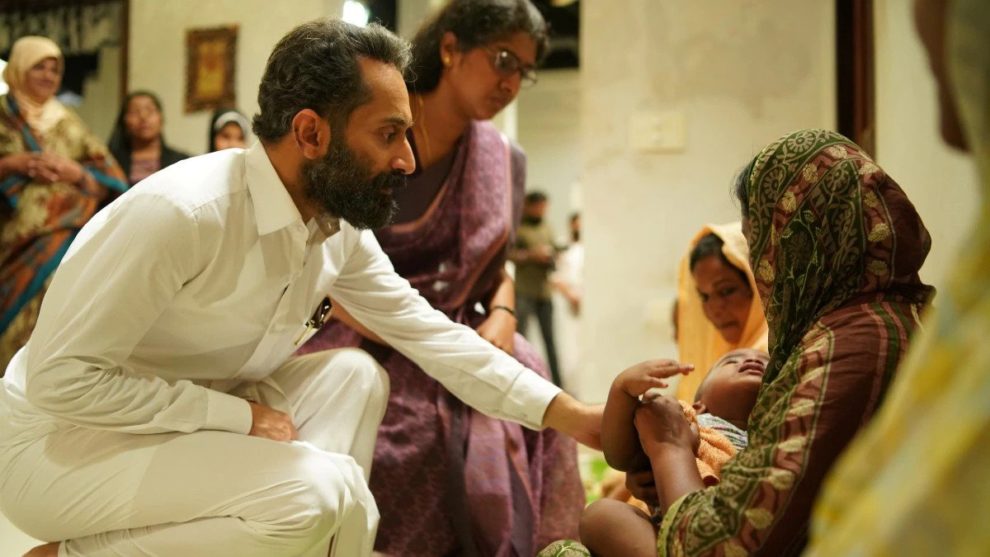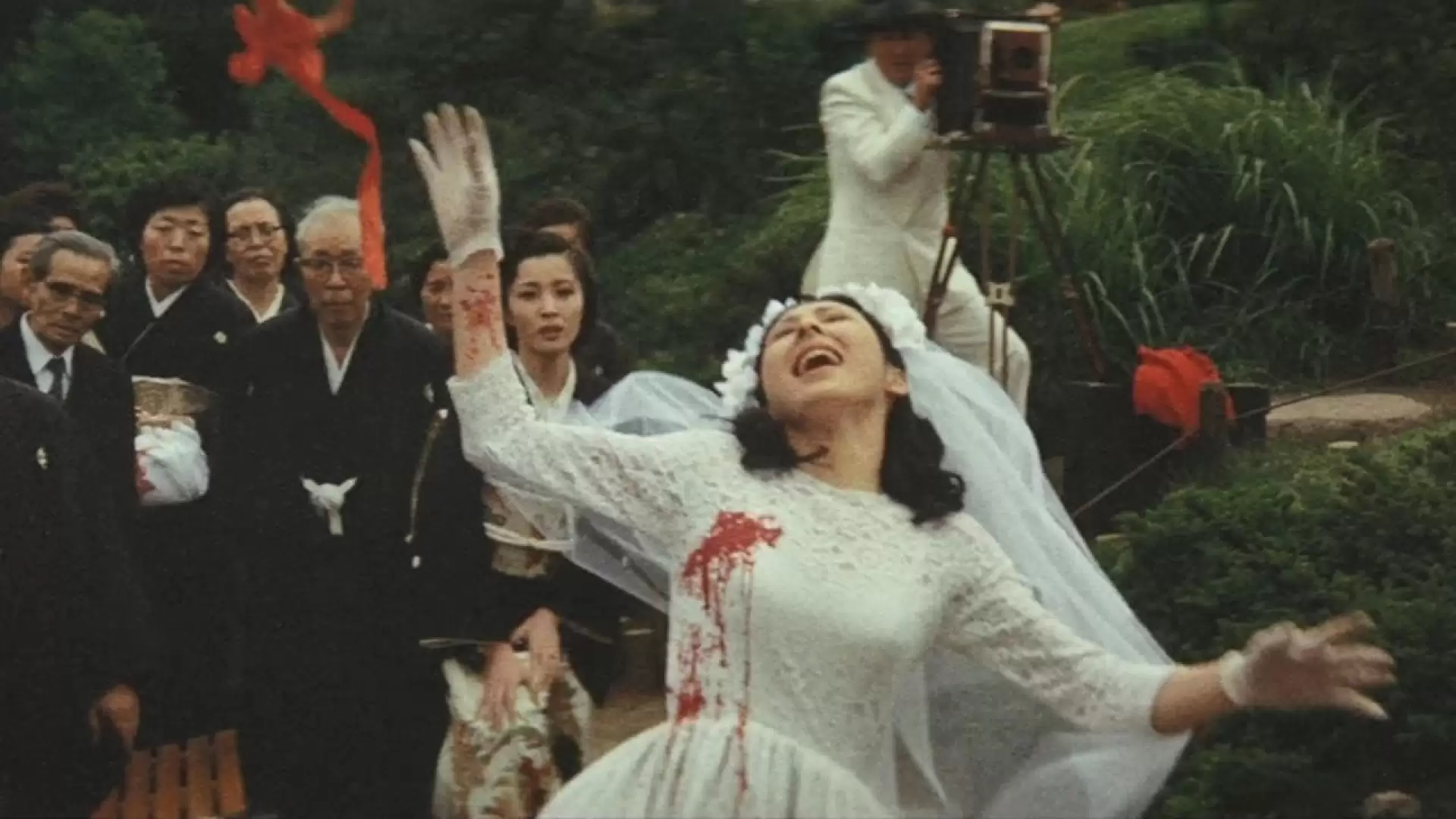As was the tendency in the last years, South Indian films continued to dominate the box office in 2022, with “RRR” and “Vikram” being some of the highlights, and the former actually getting international recognition, as the Golden Globe Award for Best Original Song for Naatu Naatu highlights. In another international success for Indian cinema, Pan Nalin's “Last Film Show” was shortlisted for the Oscars in the Best International Feature Film category, while Pan Nalin documentary “All That Breathes” won the Grand Jury Prize in World Cinema Documentary Competition in Sundance, before it was also shortlisted for Best Documentary Feature for the 95th Academy Awards. If you add to all these the fact that local movies seem to find more space in international festivals, it seems that finally Indian movies are getting the recognition they deserve. The feat can be attributed to both an “opening” from the West towards the biggest movie industry in the world in terms of numbers, and the fact that Indian cinema, a part of it at least, is moving away from the Masala approach that came to define it during the previous decades.
Without further ado, here are the best Indian films of 2022, in reverse order. Some films may have premiered in 2021, but since they mostly circulated in 2022, we decided to include them.
15. Party Poster (Rishi Chandna, Hindi)
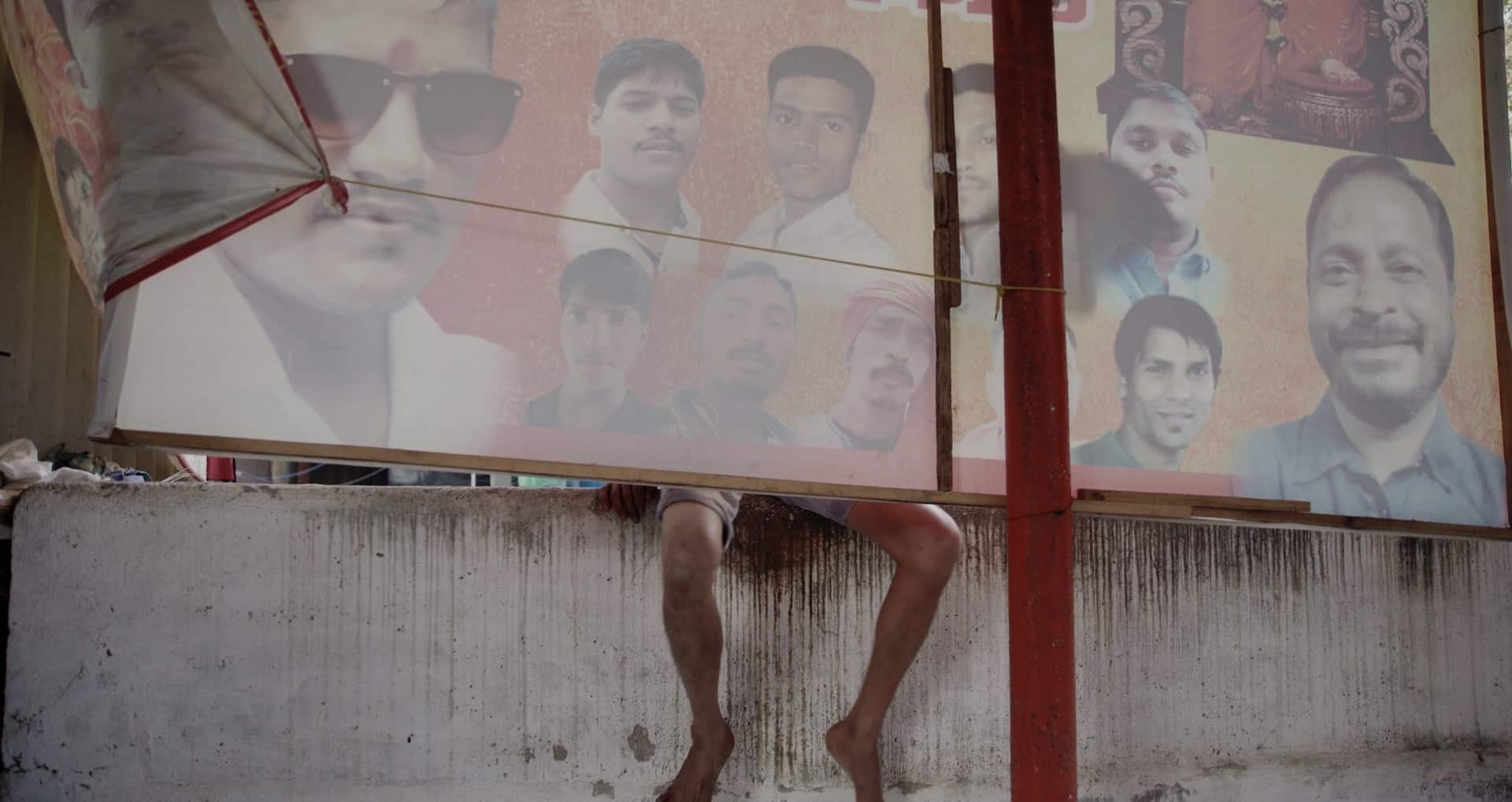
In an approach that reminds much of his previous short, the excellent “Tungrus”, Rishi Chandna presents a film that seems like a documentary in its realism, but at the same time presents a reality so surrealistic, that it might as well be a mockumentary. In that fashion, we watch the three laundrymen, Munna, Rajesh and Prem going about the rather hard labor, which is only interrupted by their plans to create the banner, including a hilarious interaction with the graphic designer, a woman who actually follows the absurd instructions under the “excuse” of the poster also serving a political purpose. Which heads are bigger, how big is the red marking on the forehead and how dark the sunglasses appear are among the instructions, and the result looks as funny and excessive as expected. (Panos Kotzathanasis)
14. Jana Gana Mana (Dijo Jose Antony, Malayalam)
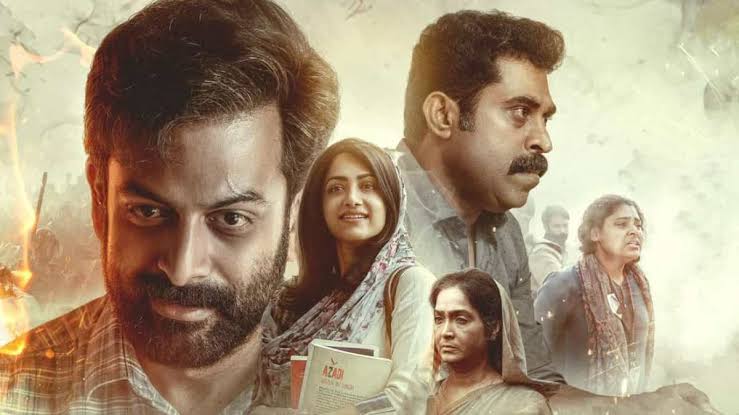
A social-political thriller and a courtroom drama? These days you're lucky if a feature can do one well but the Suraj and Prithviraj starrer “Jana Gana Mana” manages to do both with aplomb! Rousing monologues populate the narrative, delivered with conviction by Prithviraj, while the twists in the tale are executed to satisfactory results by director Dino Jose Anthony. (Rhythm Zaveri)
13. Bhoothakaalam (Rahul Sadasivan, Malayalam)
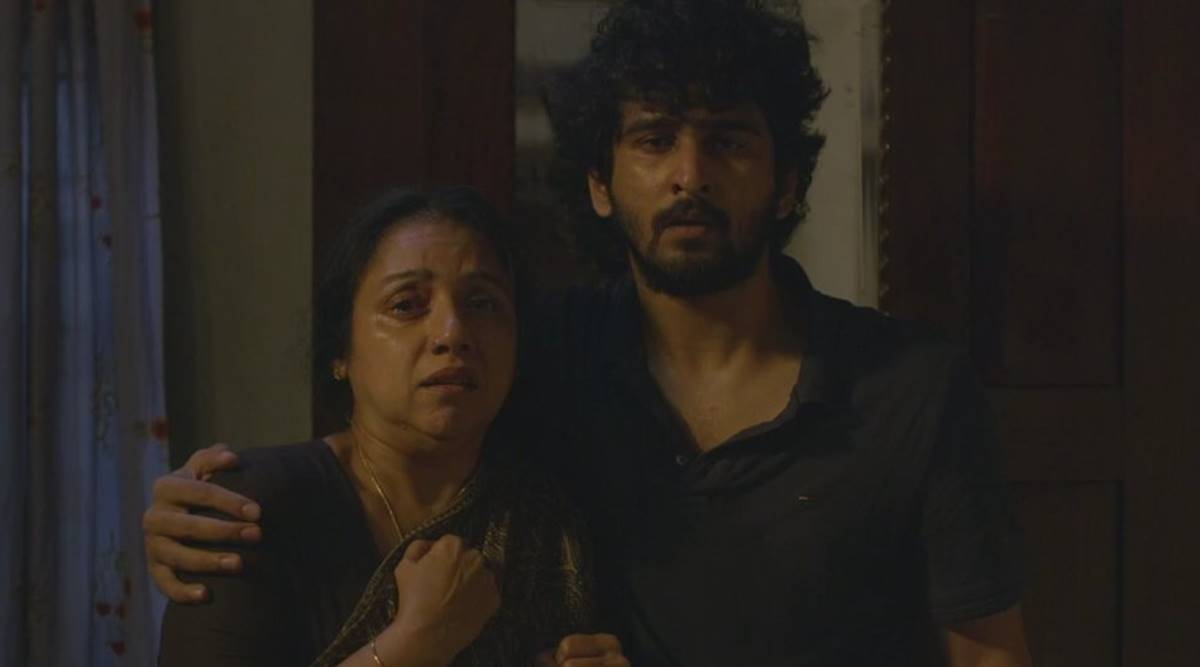
“Bhoothakaalam” is an intelligent psychological horror, well-aware of its quality. Sadasivan daringly adapts a risky script to create a film never before made in Kerala. The director doesn't resort to tear-jerking formulas or simple generic tricks, instead keeping a strong grip on the narration. As a result, Bhoothakaalam drills into your skull, slowly tightening the screws of encroaching terror all the way till the finale. After the previous Five Flavours hits Tumbbad and Churuli, this is yet another triumph of horror cinema from India.(Marcin Krasnowolski, Five Flavours Film Festival )
12. The Winter Within (Aamir Bashir, Kashmir)

Focusing intently on his protagonist, Bashir makes a number of social and political comments regarding the situation in Kashmir, but he does not stop there, as he also focuses on the hardships women face in the country, particularly when they are without husband, and even more so when they find themselves having relations with a revolutionary. The way the harsh circumstances in the area, where the army breaks into houses into the night to kidnap people and danger seems to lurk in every corner, are combined with the situations women face and the love triangle that is eventually shaped, is one of the best aspects of the movie. (Panos Kotzathanasis)
11. Last Film Show (Pan Nalin, Gujaratu)

“Last Film Show” is a movie about the magic of watching and making films. The simple act of seeing a movie, being engrossed by its story, world, and characters, has the power to change lives irrespective of age, location, and time. It is a transnational, trans-temporal experience. Transcendental, even, as we see from Samay. From a boy whose future would be the continuation of his father's pitiful present, he becomes a bold dreamer and later, even an “inventor” of simple film projectors. So, for him, and for everyone else who has fallen in love with cinema, the art form becomes a quasi-religion to which the person devotes himself. And it gets saved by it, both in the moment of watching a particular film, and in the future, because his life acquires meaning. (Martin Lukanov)
Check out the interview with the director and cast of the movie
10. Vikram (Lokesh Kanagaraj, Tamil)
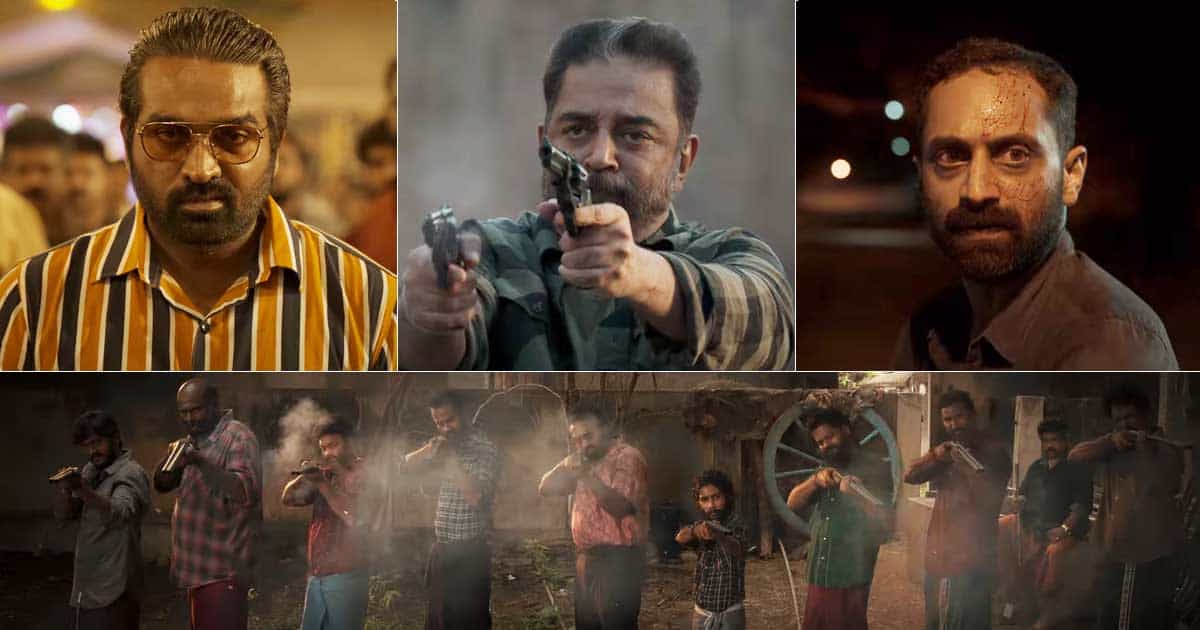
Lokesh Kanagaraj wants to create a cinematic universe, continuing from “Kaithi” the prequel of “Vikram”, and the introduction of a number of larger than life, ultra powerful individuals who occasionally clash or work together moves towards this direction. In that regard, the three main protagonists, Amar, Karnan and Sandhanam, are all impressive in their presentation, with the story revolving around their actions. Furthermore, the eventual approach of Rolex adds another notch to the whole concept. At the same time, however, and although the analysis of the protagonists is quite thorough, Kangaraj takes his story in too many turns in the almost three hours the movie lasts, resulting in a narrative that is both confusing and nonsensical on occasion, while realism jumps out of the window quite early on. (Panos Kotzathanasis)
9. Paka River of Blood (Nithin Lukose, Malayalam)
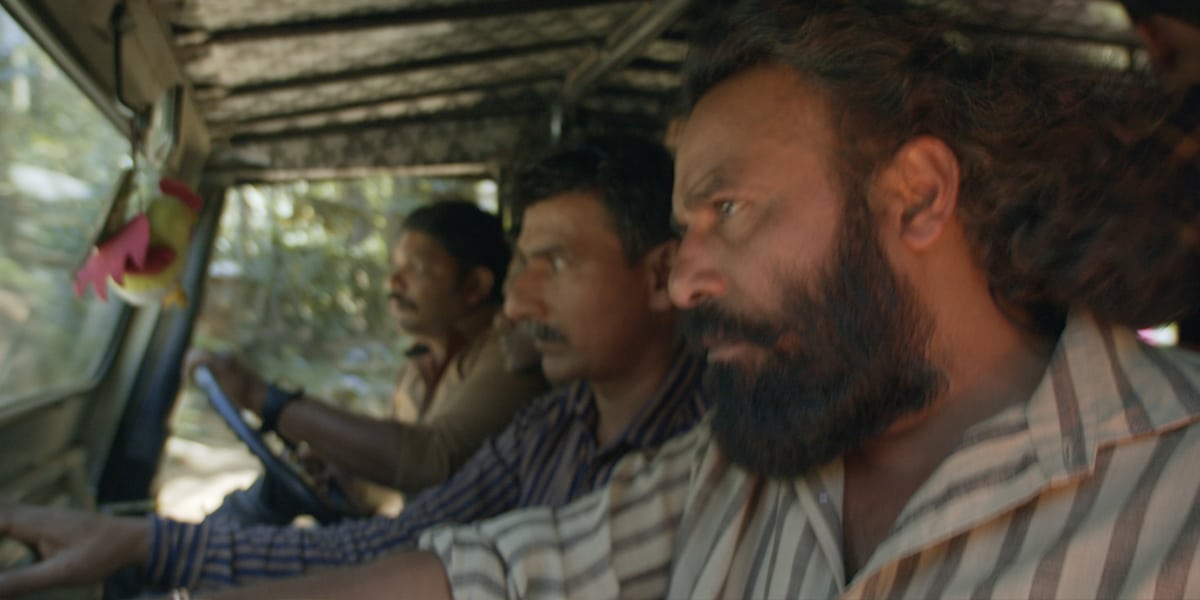
Although its premises point towards a Romeo and Juliet story, Nithin Lukose's purpose lies elsewhere, with the fact that the female protagonists are essentially placed in the background being one of the elements that prove the point. Instead, he wants to show how difficult it is for the cycle of violence to close when it is opened, even by people who are unwilling to continue a vendetta they barely even remember when and why it was started. The way they are sucked into it is probably the most impressive aspect of the movie, also benefiting the most by the secondary characters. Kocheppu's persona is definitely one, with the way he enjoys life out of prison (the scene in the cinema is rather memorable), hanging out with his friends and relatives, and trying to restart his life including his relationship with his son, but continuously stumbles upon the vendetta, being one of the main mediums of the central comment here. Jose Kizhakkan gives a great performance in the role. The same applies to the two patriarchs, whose bitterness fills the screen every time they speak, even though they barely move. That they are of different sex also adds to the comment here, showing that the hate knows no gender, while also making a distinct accusation towards the previous generation that still retains “traditions” like that, as much as towards the whole concept of patriarchy. (Panos Kotzathanasis)
8. RRR (S.S. Rajamouli, Telugu)

The mashup of absurd action, preposterous characters, intense music and dancing, and hate for British colonialism Rajamouli presents here is as entertaining as it sounds, with the almost complete lack of political correctness resulting in a movie that offers complete and utter fun from beginning to end. As such, the epic fairytale approach results in the protagonists fighting tigers, getting wrapped around flags to avoid getting burned, winning in dancing competitions against the British (in a sequence that yells “Bridgerton” from beginning to end) but also fighting each other with killing intent, and torturing and getting tortured in scenes that could be described as exploitative. (Panos Kotzathanasis)
7. The Cloud Messenger (Rahat Mahajan)
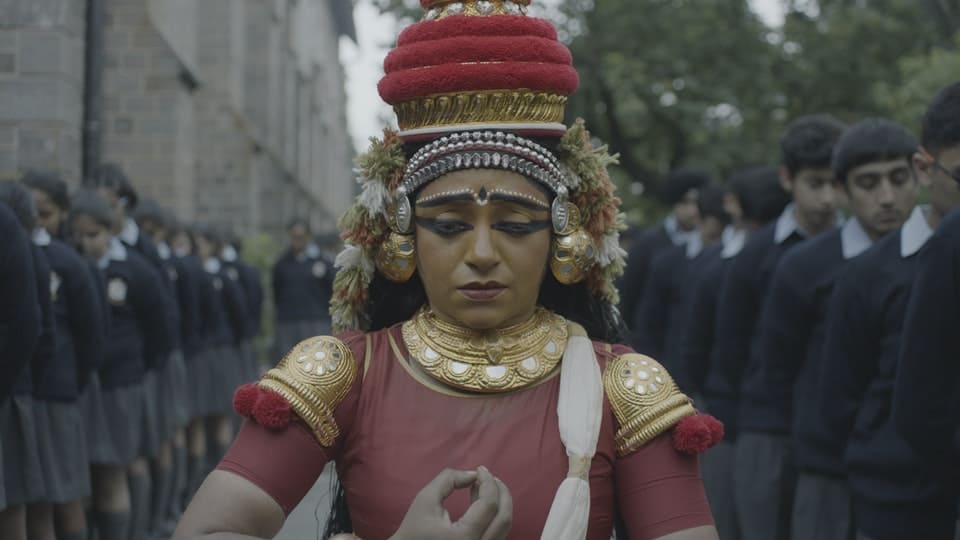
The concept of reincarnation or the collision of the mythological and the “real” world could be used here to highlight the universal meaning of love, destiny and overcoming the challenges it poses. The way Mahajan directs his film, with an emphasis on the visual cues how the tradition and modernity mix, and the articular mechanics of the both worlds, is more than fitting for that kind of story. The way he steers his young actors in the desired direction is simply stellar and the attention to details (especially in the “realm” of the boarding school) is quite harrowing, while the fantasy world he imagines also leaves quite a strong impression. (Marko Stojiljković)
6. Shivamma (Jaishankar Aryar, Kannada)

Jaishankar Aryar directs a film that looks like a documentary, both due to Vikas Urs and Saumyananda Sahi's cinematography, which includes many close ups and a quality of image stripped of any beautification, and the cast, most of which are untrained actors playing themselves. The result is highly realistic, with the overall presentation benefitting the most by the mix of a fiction narrative with the aesthetics of the documentary. (Panos Kotzathanasis)


